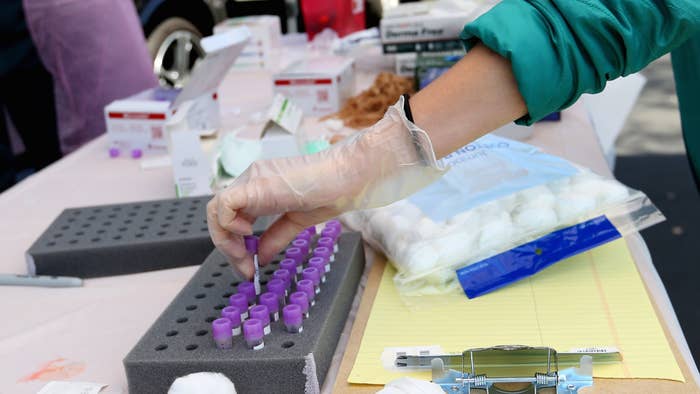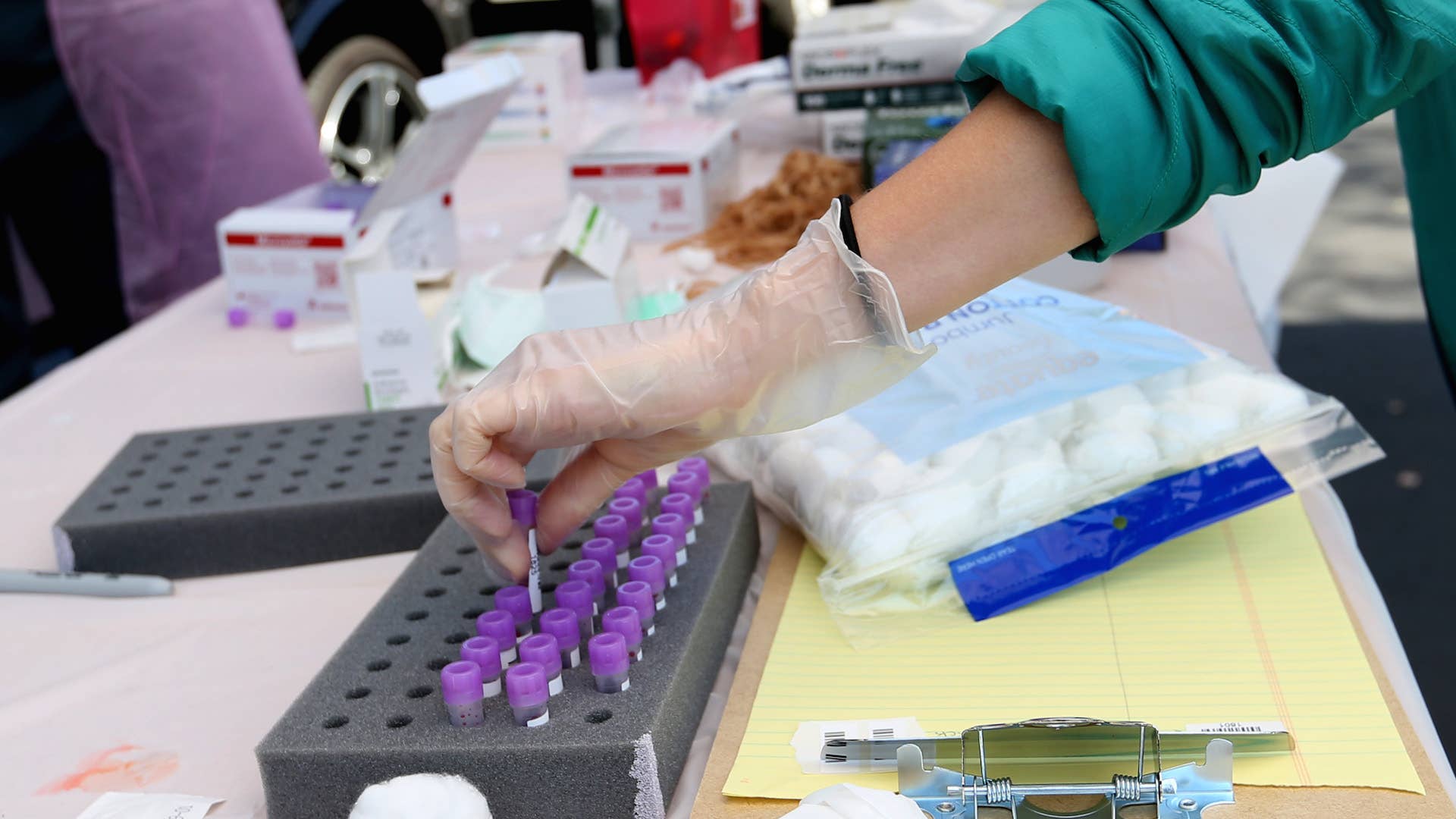
Scientists confirmed on Tuesday that the earliest known U.S. victims of the coronavirus died from the illness in California's Bay Area, the New York Times reports.
Officials in Santa Clara County announced that the autopsies of two people who died in their homes on Feb. 6 and Feb. 17 revealed that they were infected with COVID-19 at the time of their passing. Traces of the illness were found in the deceased's tissue samples and was confirmed by the Centers for Disease Control and Prevention.
This shifts the perceived timeline of when the virus entered the United States. Prior to these deaths, officials believed that the first victim of the coronavirus died in Kirkland, Washington on Feb. 29. Yet according to the director of the Harvard Global Health Institute, Dr. Ashish K. Jha, a person who died from the virus in early February was probably carrying the illness since January.
"That is a very significant finding," Dr. Jha told CNN. "Somebody who died on February 6, they probably contracted that virus early to mid-January. It takes at least two to three weeks from the time you contract the virus and you die from it."
Additionally, Santa Clara County's chief medical officer, Dr. Sara Cody, believes the victims contracted the virus from someone in their community as they had no travel histories that would place them in contact with the illness. This gives the impression that the virus was moving through the community prior to the victims catching the illness in January.
"We really need to now go back, look at a lot more cases from January—even December—and try to sort out when did we first really encounter this virus in the United States," Dr. Jha said.
These findings support theories that the coronavirus was moving through California earlier than previously predicted. Yet Dr. Cody believes the CDC's early strict guidelines for testing created open-ended questions about how the virus made its way to the U.S.
"We had so few pixels you could hardly pick out the image," she said after explaining how difficult it was to get the CDC to test potential cases. "Suddenly we have many pixels that all of sudden that we didn’t even realize that we were looking for. ... I can’t put the story together yet."

